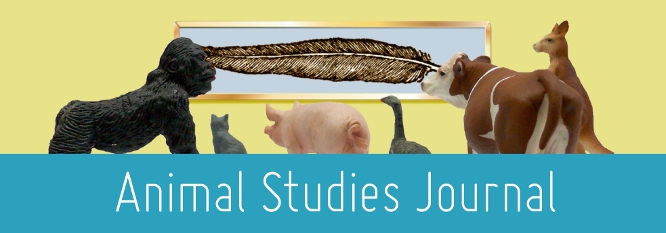Home > assh > ASJ > Vol. 4 (2015) > No. 2

Abstract
Images of animals we no longer share the world with carry with them a discordant sense of life as simultaneously tangible and elusive. Any attempt to read sense into anthropogenic extinction, or deliberate or careless extermination, forces us to negotiate our positon in relation to these deaths: how do we remove ourselves from such killings; how do we come to grips with the way we are connected to or have gained advantage from the deaths of these others? For Australians, and particularly Tasmanians, the figure of the thylacine provokes an uneasy and unhappy connection with the very recent past. At the same time, however, images of the thylacine provide an iconic symbol of Tasmania and Tasmanian officialdom, and of extinction as a force often traceable to human actions. Carol Freeman’s Paper Tiger: How Pictures Shaped the Thylacine brings a critical historical perspective to the way we perceive and conceive of thylacines, chronicling the transformation of the image of the thylacine from colonial metonymy to Tasmanian metaphoricity, illuminating the way meaning has played out during the period from the commencement of British settlement in Tasmania in 1803 to the present day, with the fateful date of 7 September 1936 being brought to bear on time before and after the extinction of the thylacine.
Recommended Citation
De Vos, Rick G., Review: Carol Freeman, Paper Tiger: How Pictures Shaped the Thylacine. Hobart: Forty South Publishing, 2014, Animal Studies Journal, 4(2), 2015, 189-194.Available at:https://ro.uow.edu.au/asj/vol4/iss2/15

